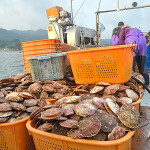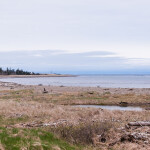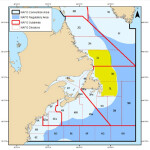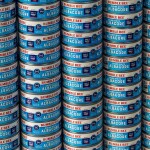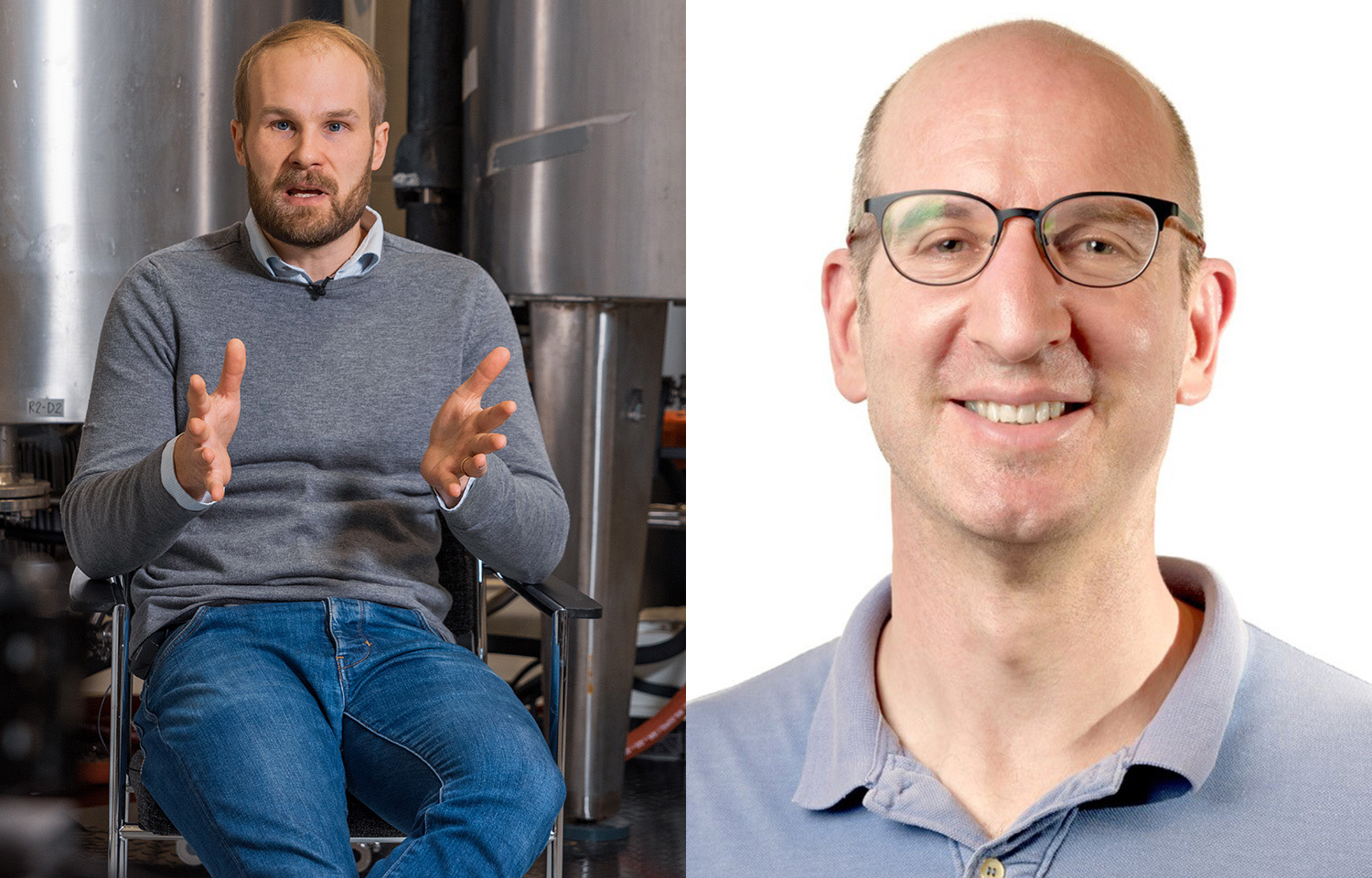Having attracted significant new funding, Enifer and Kuehnle AgroSystems are aiming to play larger roles in the aquafeed alternatives sector.
Espoo, Finland-based Enifer, a biotech firm concentrating on producing its PEKILO fungi-based protein product for aquafeed and other uses, recently received EUR 36 million (USD 33.5 million) in investments, including a EUR 15 million (USD 14 million) Series B equity funding round with participation from Taaleri Bioindustry Fund I, Nordic Foodtech VC, Voima Ventures, Valio, and Laine Holding. Enifer also received a EUR 7 million (USD 6.5 million) investment from the Finnish Climate Fund and a EUR 2 million (USD 1.9 million) climate and environmental loan from Finnvea. Combined with a previous EUR 12 million (USD 11.2 million) grant from Business Finland, Enifer has now raised enough to fully cover the EUR 33 million (USD 30.7 million) cost of its new facility, to be built in Kirkkonummi, Finland, by the end of 2025.
“We are very happy to start cooperation with Enifer,” Taaleri Bioindustry Managing Director Tero Saarno. “We believe that there is an increased need for alternative proteins as the global population grows. Demand is also supported globally by environmental and ethical considerations. Taaleri Bioindustry Fund’s investment enables commercial-scale production. We are confident in Enifer’s opportunities to expand.”
Enifer Co-Founder and CEO Simo Ellilä said the aquafeed market is a primary target for the company because aquatic organisms are pickier eaters than pigs and chickens, making their feed ingredients a premium in the marketplace. Recent trials of the product on salmon, trout, and shrimp by Norwegian researchers, led by Margareth Overland at NBMU University, showed demonstrable health and growth gains.
“Mycoprotein is the missing ingredient for a more sustainable food chain,” Ellilä told SeafoodSource. “The facility in Kantvik serves as a key stepping stone on our path to making mycoprotein a cornerstone of protein supply, with several future factories already being planned.”
Enifer’s new plant, slated to have a 3,000-ton annual production capacity when finished, will be the world's first commercial venture to produce mycoprotein from upcycled food industry raw material waste. The company is filing for a European Commission Novel Foods listing of the ingredient to allow it to be placed in products intended for human consumption and expects to receive approval in 2026.
“This will be what we’re calling an intermediate-sized plant, but once we get that approval, we expect to be a profitable commercial factory in that application,” Ellilä said. “The factory serves two additional important purposes. One is acting as a general technical demonstration of our process … to help us in our pursut of building several dedicated feed factories. The other is in testing other byproducts, such as from the pulp and biofuel industries, which have huge volumes of side streams, to either license our technology or work together as a joint venture to build a plant. They can come and see the factory and the processing operation, and that will provide validation that the solution works.”
Ellilä said he’s not aware of any other companies doing work similar to Enifer’s, adding that the company hopes to be producing “very significant volumes” of aquafeed additives within a five-year time frame.
“We’re definitely the first of our kind to build a facility at this scale, and there’s nothing stopping us from scaling besides getting investment to build the factories,” he said. “That’s what we hope to achieve in the next few years.”
Ellilä said he’s hoping to broker a partnership with aquafeed or aquaculture firms to help in the scaling-up process.
“We’ve been talking to the aquaculture sector since the beginning,” he said. “The aquaculture market is very price-driven, and their margins are very thin. So, it's not like they have a lot of margins to splurge on expensive ingredients, but I think there's more willingness on the side of the aquaculture companies to get involved. They're starting to realize ...

